An ode to Constanza
On women and femmes.
A lot of women and femmes ride bikes up here.
It’s the first thing I notice when I settle in the front of the galleria in Tia Aida’s house. It is day one in Constanza. We arrive at the home and land, first built and maintained by my great-grandfather, now kept for decades by Aida. My partner and I traveled on a bus from Santo Domingo to the town with my grandmother, Olga, who takes this journey almost monthly, often on a whim. It is pouring when we head up to Constanza, raining still when we arrive.
It’s different from Santo Domingo, where almost all of the riders I see outside my grandmother’s home are men. Here, in this town, women and femmes ride solo or with children or friends sitting behind them. They move through the town fast and fearless. They weave between and around cars, trucks, pedestrians, other riders. Their hair sometimes blows behind them as they ride, mostly, everyone pins it up. Sometimes they ride side by side, talking to and laughing with each other. Their shirts are bright, some with nails long and pink; some are dressed in all black, others wear tight pink or white or blue jeans with pink or white or blue shirts that match flats or flip flops or boots. A few I see hold umbrellas while they ride.
That first afternoon, I sit and smoke behind the galleria’s black iron gates, padlocked off from pedestrians. I sit for hours at a time. I watch the people. They watch me. I am obsessed with riders, even when I am back home in the Bronx. I love seeing individuals and families move throughout the Bronx packed onto different kinds of motorbikes, an easy mode of transit that allows immigrant workers in New York City to move all around the city. The riders move throughout the city at various speeds; sometimes, at various hubs, they stand outside storefronts, talking and eating. Every so often, younger ones race each other up and down parkways, never really riding more than 20 miles an hour.
Many of these riders, almost all of them gig workers delivering food around the borough, are Dominicans, like many of the workers who deliver for Prime or FedEx or UPS; or the workers who clean our streets and schools and hospitals, who deliver our borough’s medical supplies. So much of how this city moves and functions depends on Dominican labor.
I think of these riders in Constanza.
On my second day there, I count the women riders I see. The street Aida’s house is on is less busy than the streets to its left or right, which have 2 to 3 motoconcho riders every minute during rush hour. Though I never really know when rush hour begins or ends because the streets are always busy and loud.
I sit and smoke and watch rider after rider after rider. Every once in a while, one parks in front of the house and walks into the medical center across the street.
Sometimes a rider parks, walks to the front gates, and calls out, “Aida!”
Everyone knows everyone on this block. Aida has been here all her life, alone since the death of my great-grandmother. She loves living here, always surrounded by the memories of her life, and her mother’s, there. She and my grandmother, Olga, are two of the 16 kids my great-grandmother birthed by the time she was my age. I listen to Aida talk about her mother, the dynamics of their relationship and friendship.
I listen to the memories my grandmother remembers of her mother; Aida calls my grandmother a history and memory keeper. They remember what they loved about their mother’s personality and how similar and different they were, are, from her. They joke and laugh and bicker. I listen.
Their words and memories are two of many I hear while I am in the Dominican Republic most of May.
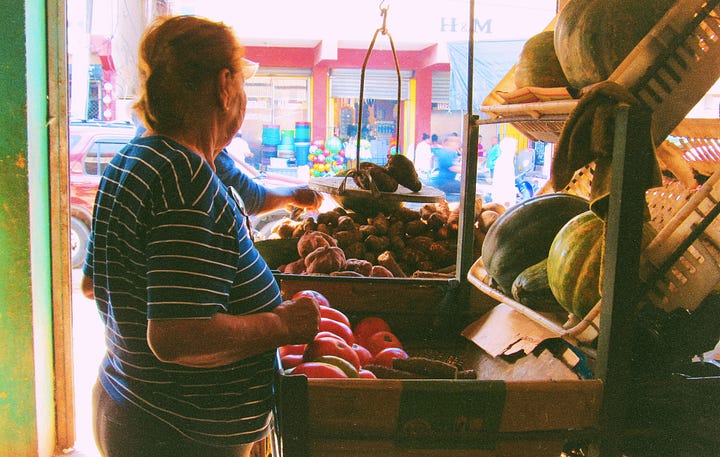
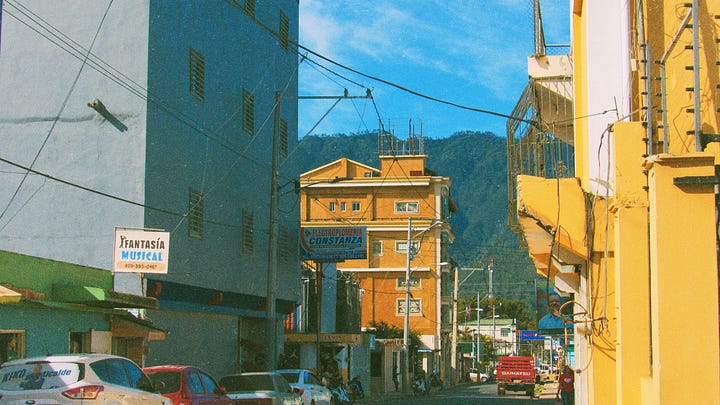
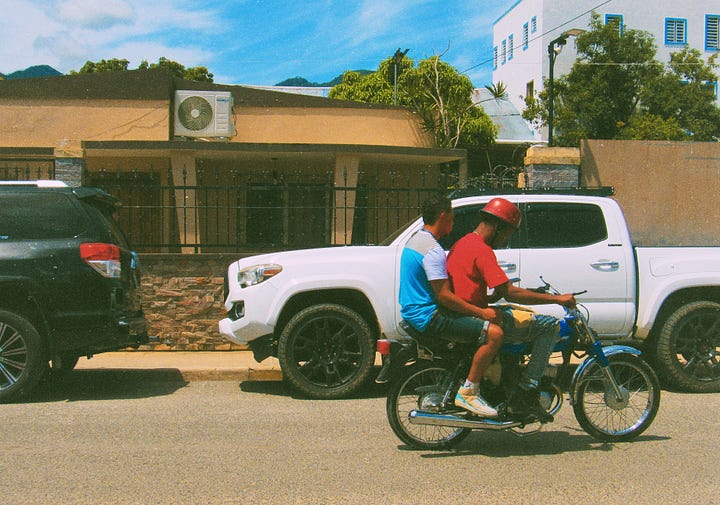
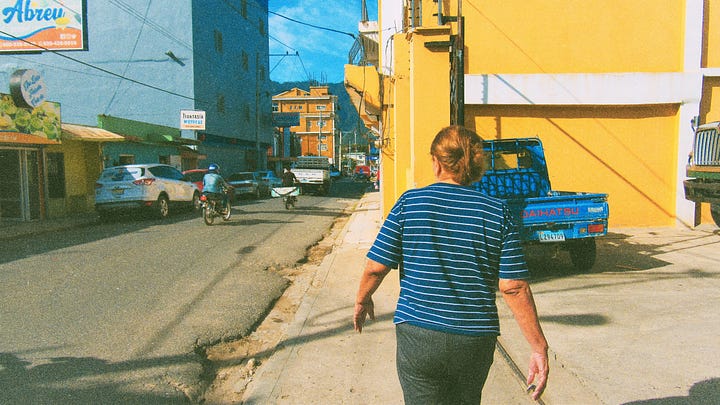
My grandmother reminds me that when my parents moved to New York City I stayed with her in Constanza. I don’t remember my life there, only what I see in pictures or hear from family. I like the new memories I get to form as an adult now, with my grandmother and Tia Aida. I like hearing how the elder women in my family have changed and moved throughout the country and throughout decades. And I enjoy learning about Constanza’s history, its schools, its mayors, its agriculture, its resistance, including an anti-Trujillo movement that occurred in its mountains 65 years ago this month.
The town is full of farms and farmers, and my grandmother loves buying vegetables and meat and poultry up here. On our last day there I walk to the market with her and my partner. We watch as she walks from table to table, talking and laughing with every vendor she buys from.
Our nights together are not always easy. We bicker every few days. We are both assertive and demanding, and there are generations between us, filled with different ideas about femininity and the body, masculinity, mothers and daughters, marriage, men, displacement and ruptures.
Mostly, we talk and she shares about her life, her marriage, what it was like growing up in Constanza in the 1950s and 1960s, how she remembers my mom growing up in Constanza—how she remembers my mother’s journey to the U.S. She shares what it was like raising six kids, all different and spread across two countries; what it means to navigate relationships with sisters and men and community for over 70 years.



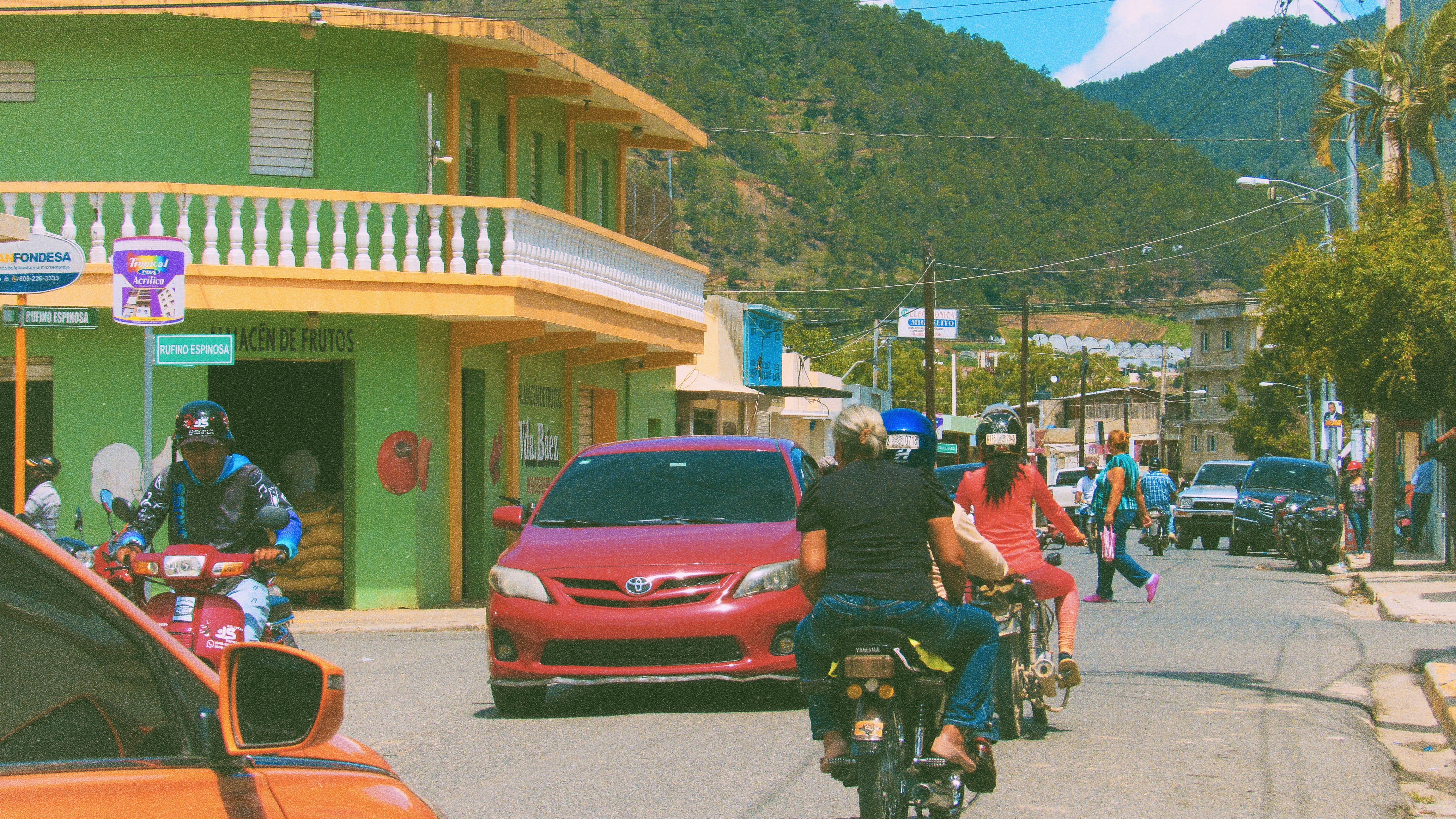
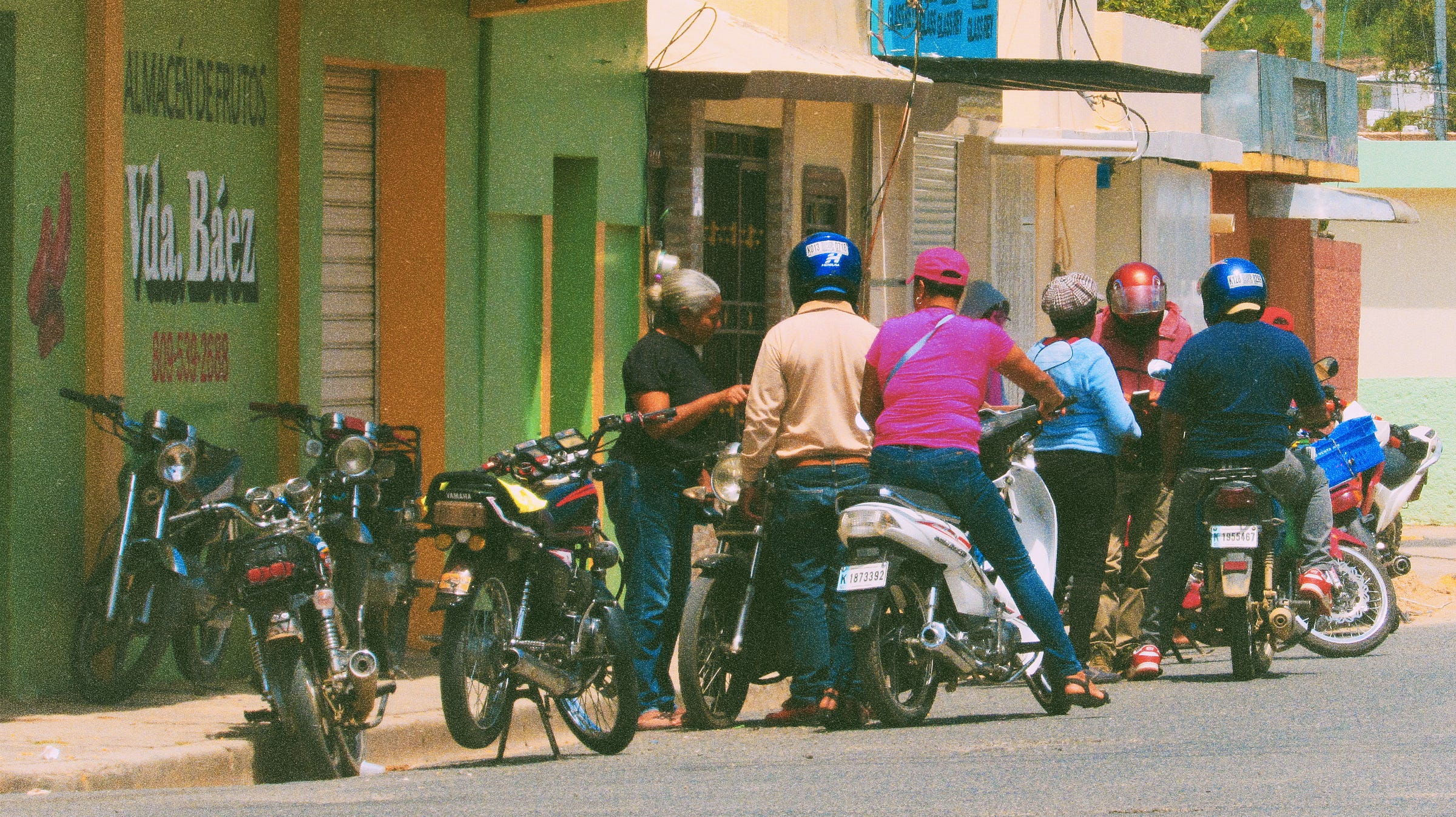
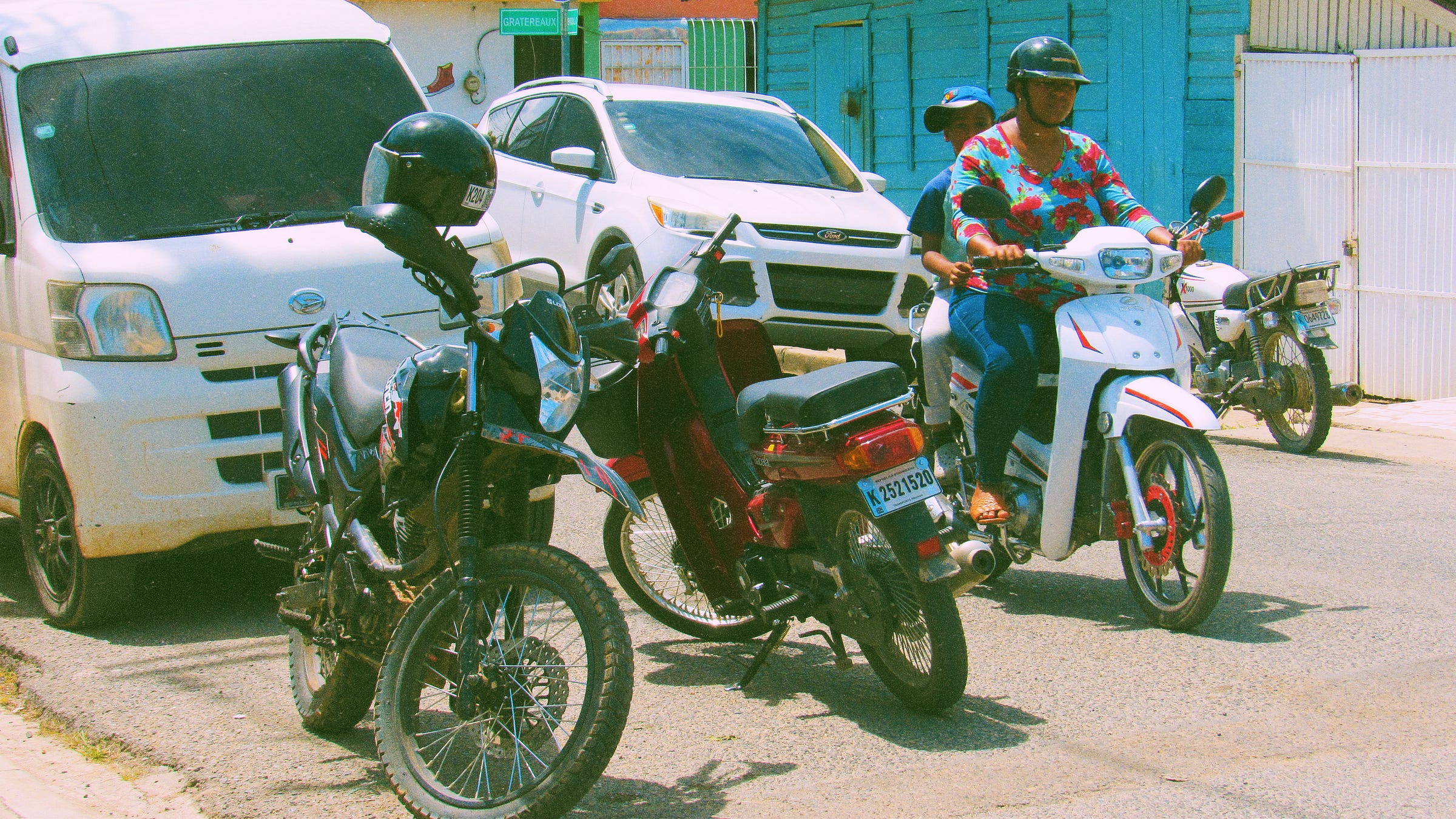

damn i missed your words and photos! what a gift this piece is 🫶🏽
Photos are fire!